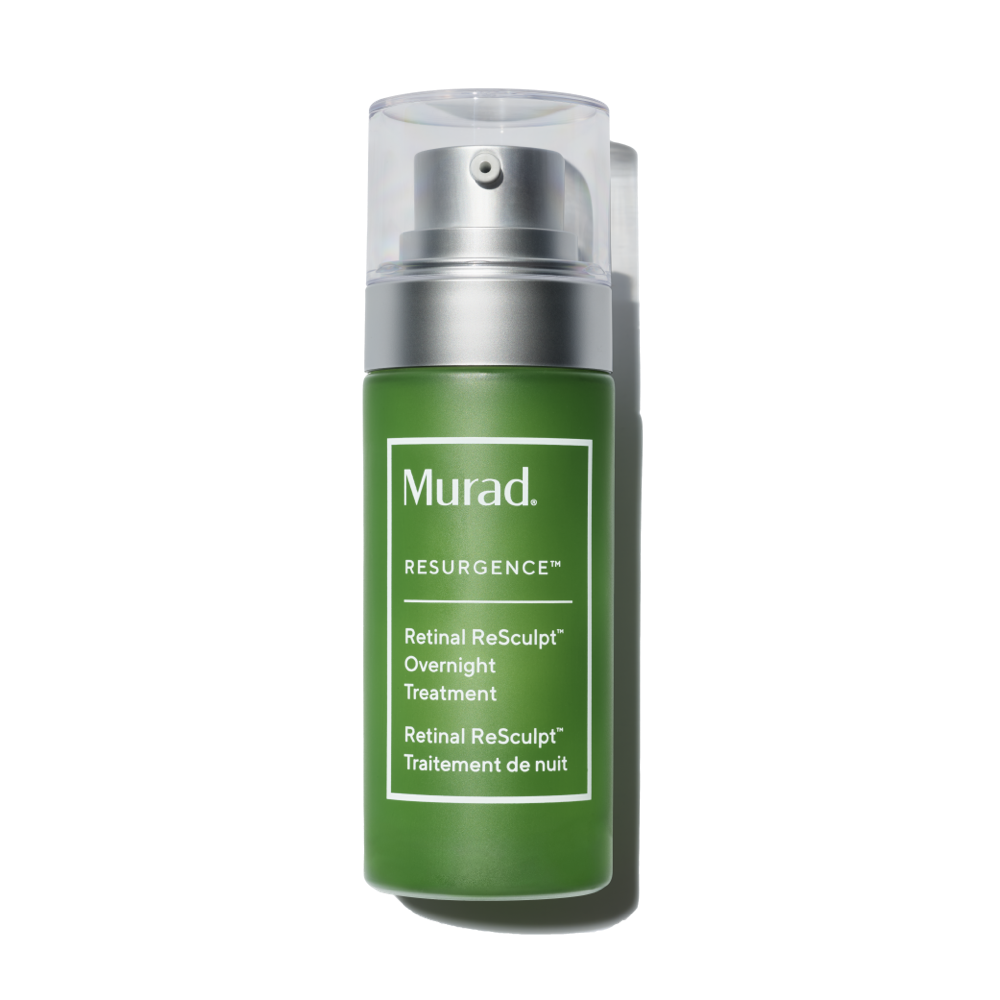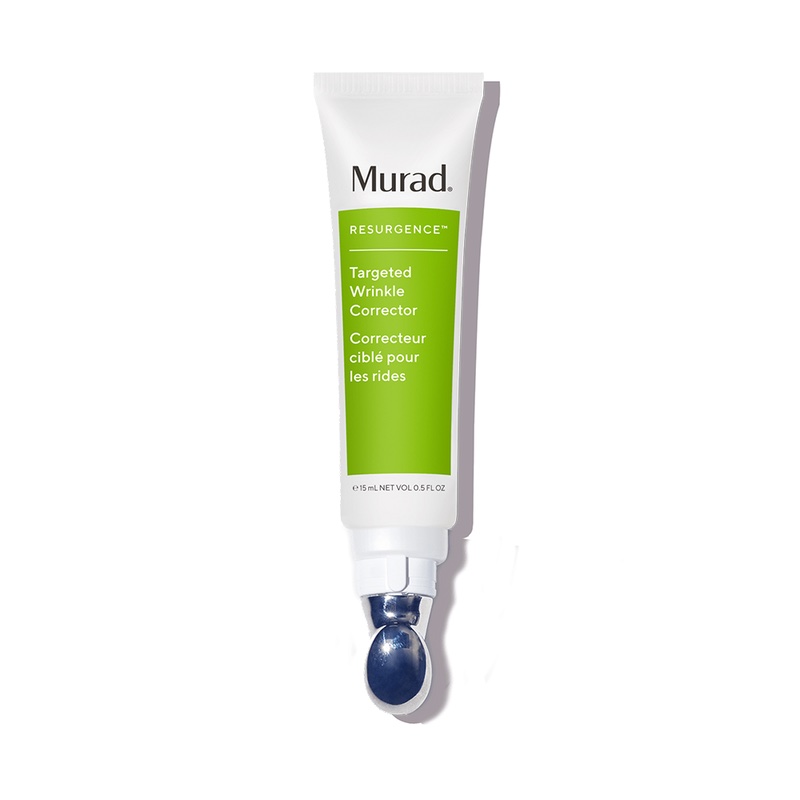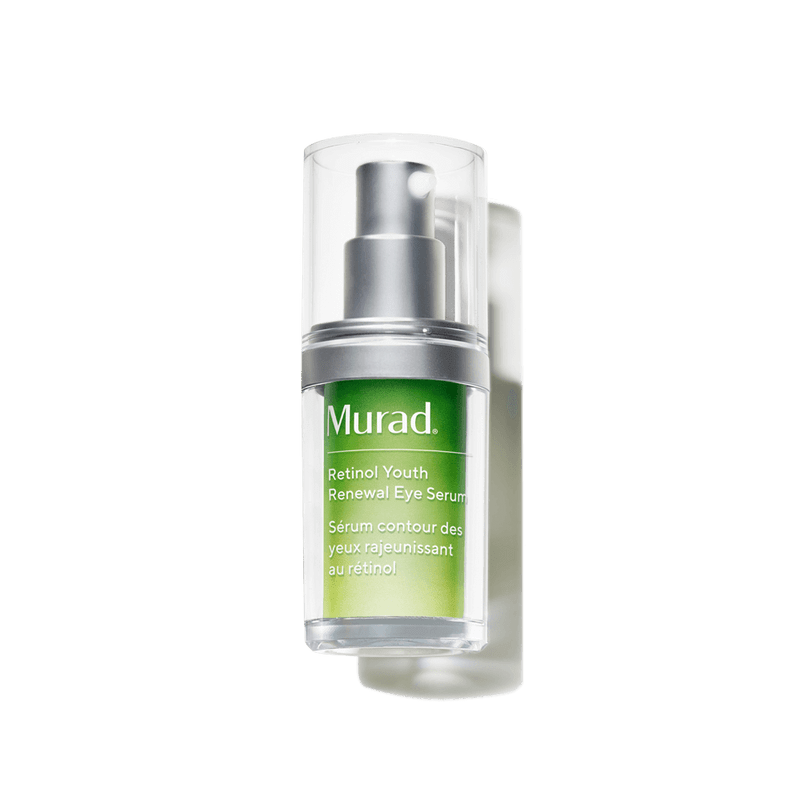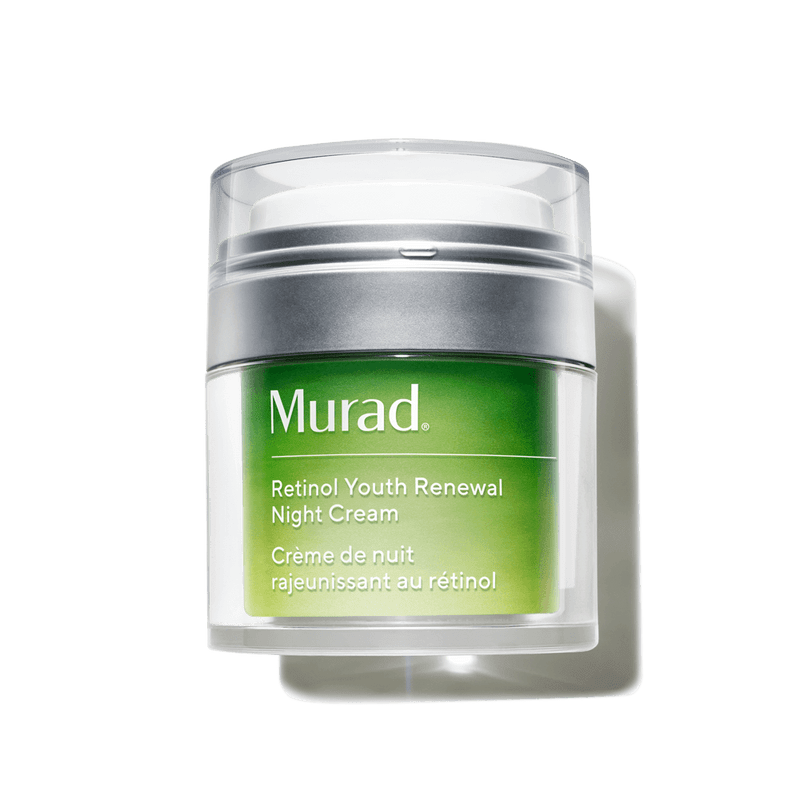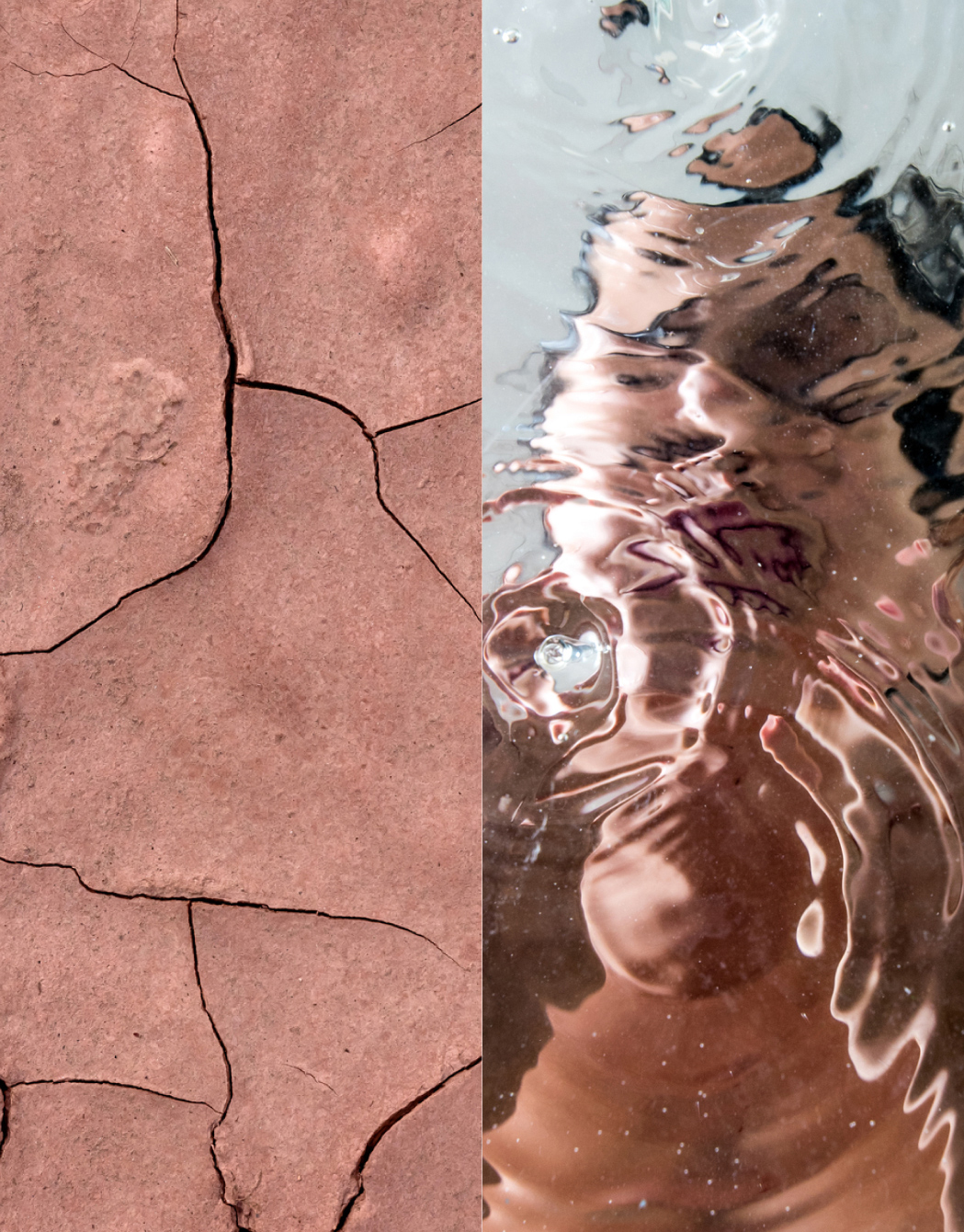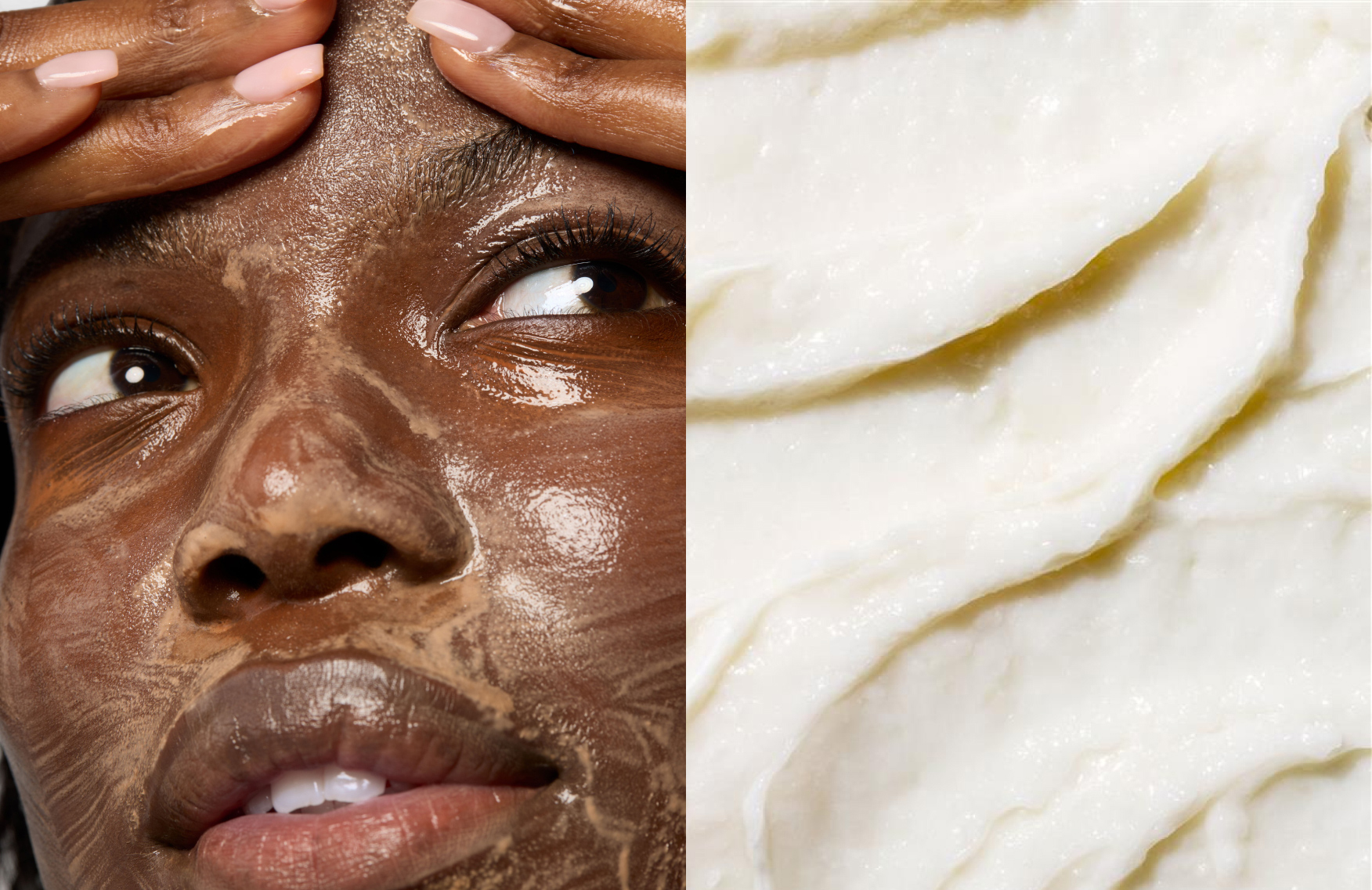Wrinkle wrap-up, part 3: Why you have forehead wrinkles and what you can do about it

While the crow’s feet by our eyes or the smile lines around our mouths can be more subtle indications of aging, the lines that form on our foreheads often feel more like blatant signposts. Literally front-and-center forehead wrinkles are one of the most common concerns for those looking to maintain youthful-looking skin overall. And while lots of factors are at play, such as genes and lifestyle, a properly curated skincare routine can certainly help reduce the appearance of forehead lines.
Where do forehead wrinkles even come from?
As we age, we gradually lose collagen and elastin in the skin. These key proteins give our skin its plumpness and bounciness. Moreover, they’re why youthful skin is smooth and goes right back into place after movements, and why older skin is thinner and frown lines and laughing lines tend to linger. Our skin also produces fewer natural oils and loses fat tissue, which results in dry and saggy skin. All of these losses that come with age cause or increase the appearance of wrinkle formation.
In addition to UV light, air pollution can also have negative effects on skin. UV and pollution can cause free radicals to attack the skin, disrupt its critical balance, trigger inflammation and wreak havoc on skin cells (this process is known as oxidative stress). Additionally, sun exposure actually breaks down what collagen and elastin the skin does have. These environmental culprits can lead to wrinkles, discoloration, sagging and more.
Additionally, certain forehead wrinkles can be caused by the way facial muscles move, with the most prominent being the glabella lines (aka “elevens”) that live between your brows. The more you scrunch the skin, the lines that were once dynamic (only there while you were moving your face) become static (basically wrinkles that are there all of the time). Horizontal forehead lines are often seen when we’re surprised or delighted, and vertical forehead lines can surface when we’re distressed.
How to prevent forehead wrinkles, ingredient by ingredient
While we can’t fight time, there are things we can do to help prevent forehead lines. This includes wearing the almighty SPF and using key skincare products like retinoids. If you can supply your skin with the proper clinically proven ingredients, you can lead with prevention: Retinols and peptides can help with firmness and encourage cell turnover; hyaluronic acid can help the skin retain barrier-protecting moisture; and antioxidants such as vitamin C help fight aging free radicals. Alpha-hydroxy and beta-hydroxy acids are also key, as they are gentle exfoliation products that contribute to an overall smoother texture and tone. In essence, they can open the pathway for hydration and improve penetration of products.
For more permanent results to reduce the look of deep-set wrinkles formed over years and years, many dermatologists recommend Botox injections to paralyze forehead muscles and thus reduce the wrinkles formed there. But if you’re looking for something a little less invasive (and less expensive), there are other options. When powerful peptides (such as elasticity-boosting hexapeptide to help skin “bounce back”) are combined with ultra-hydrating hyaluronic acid and moisture-locking squalane, the appearance of forehead lines can be instantly reduced.
More about wrinkles here:
Wrinkle wrap-up, part 1: The bottom line on preventing wrinkles? Do these 5 things every. Single. Day.
Wrinkle wrap-up, part 2: How to give smile lines (aka wrinkles around your mouth) the boot
Wrinkle wrap-up, part 4: It’s time to talk neck wrinkles, from neck lifts to tech neck
References for this information:
International Journal of Molecular Sciences, 2018, volume 19, issue 9, article 2727
Mayo Clinic Website, Patient Care & Health Information
